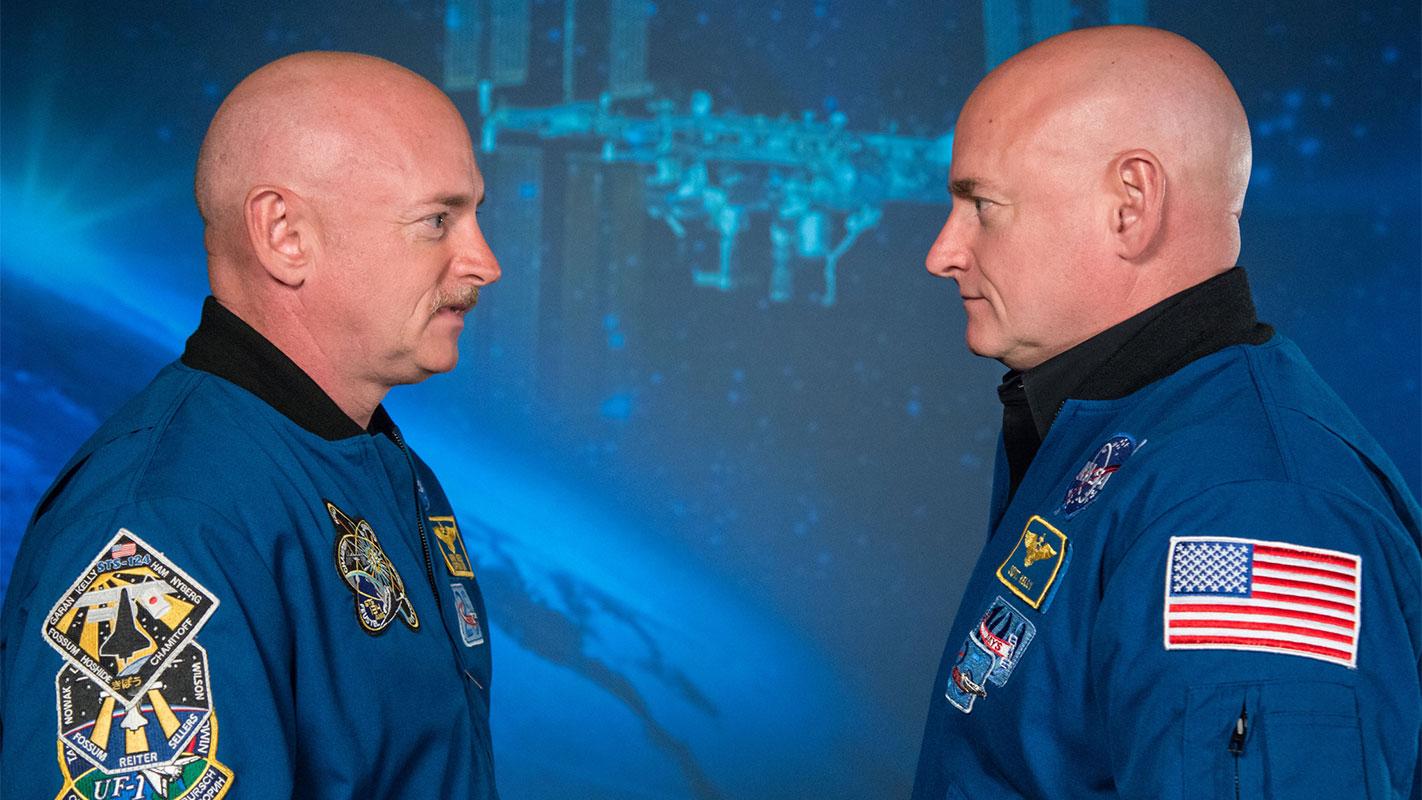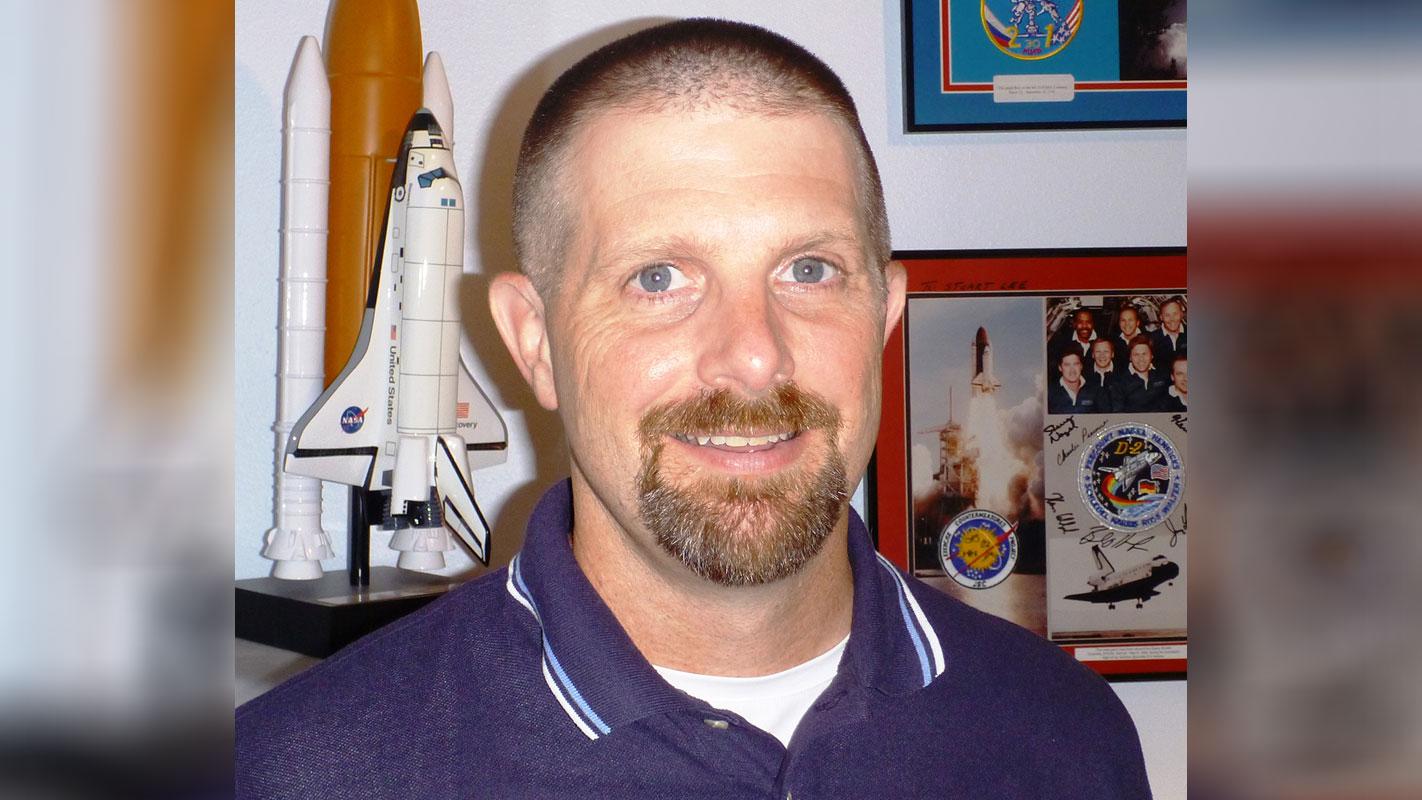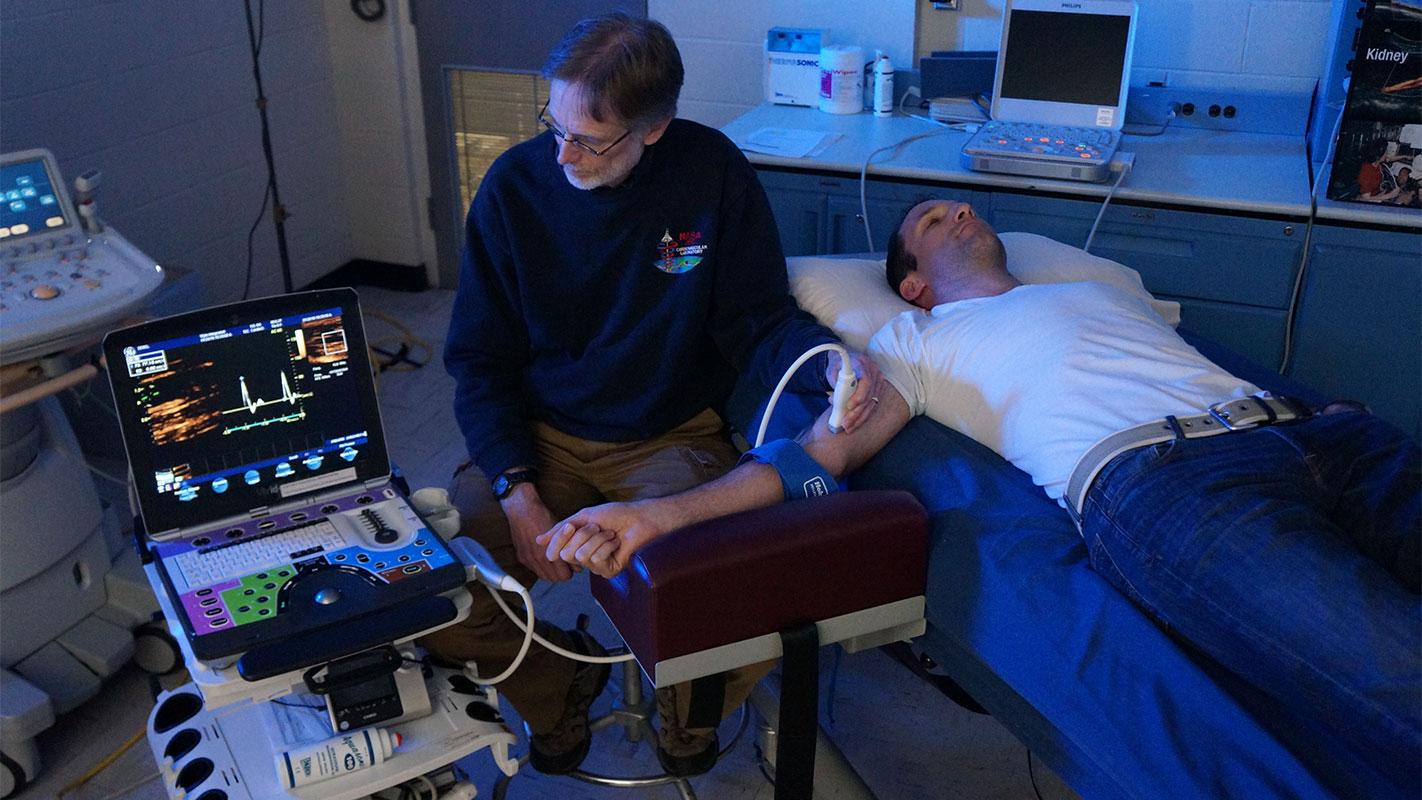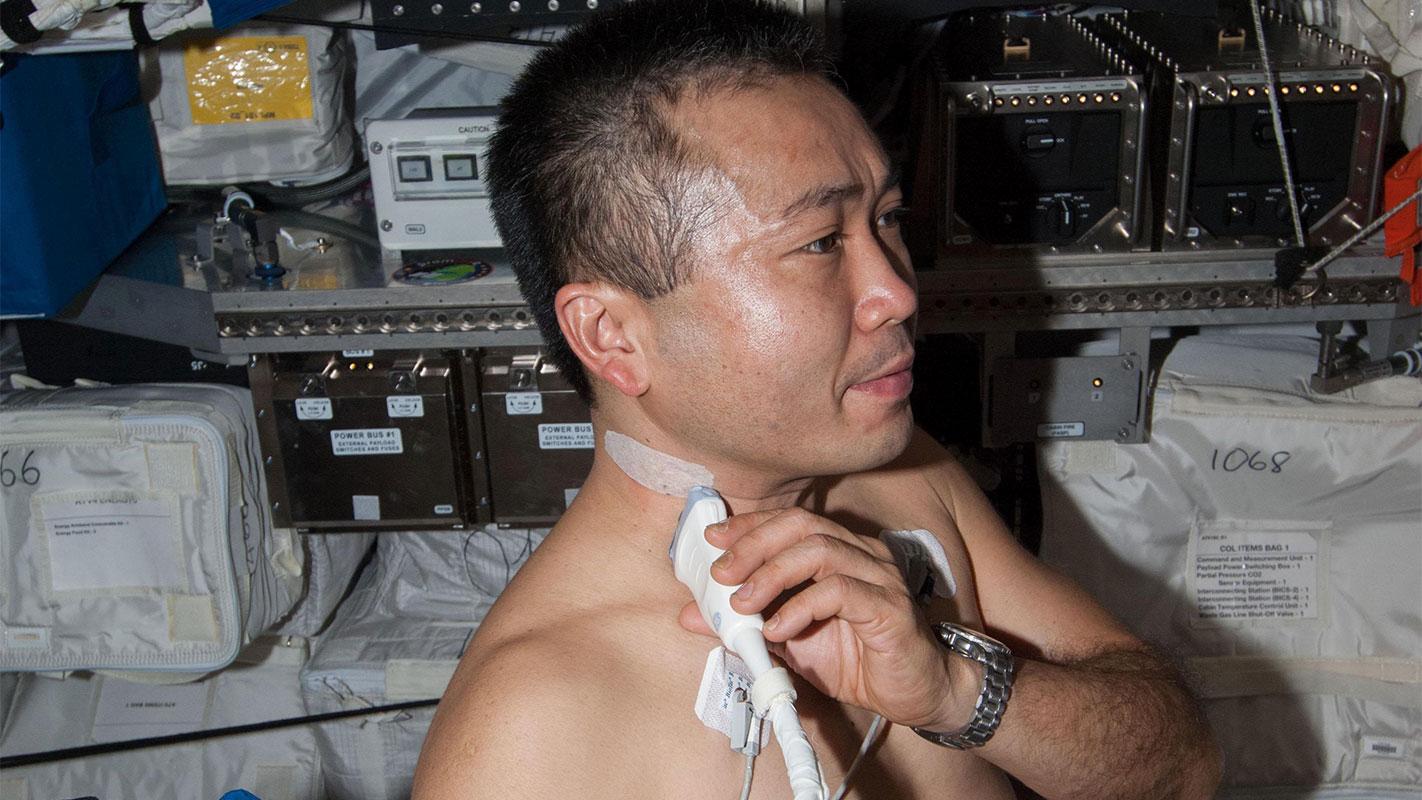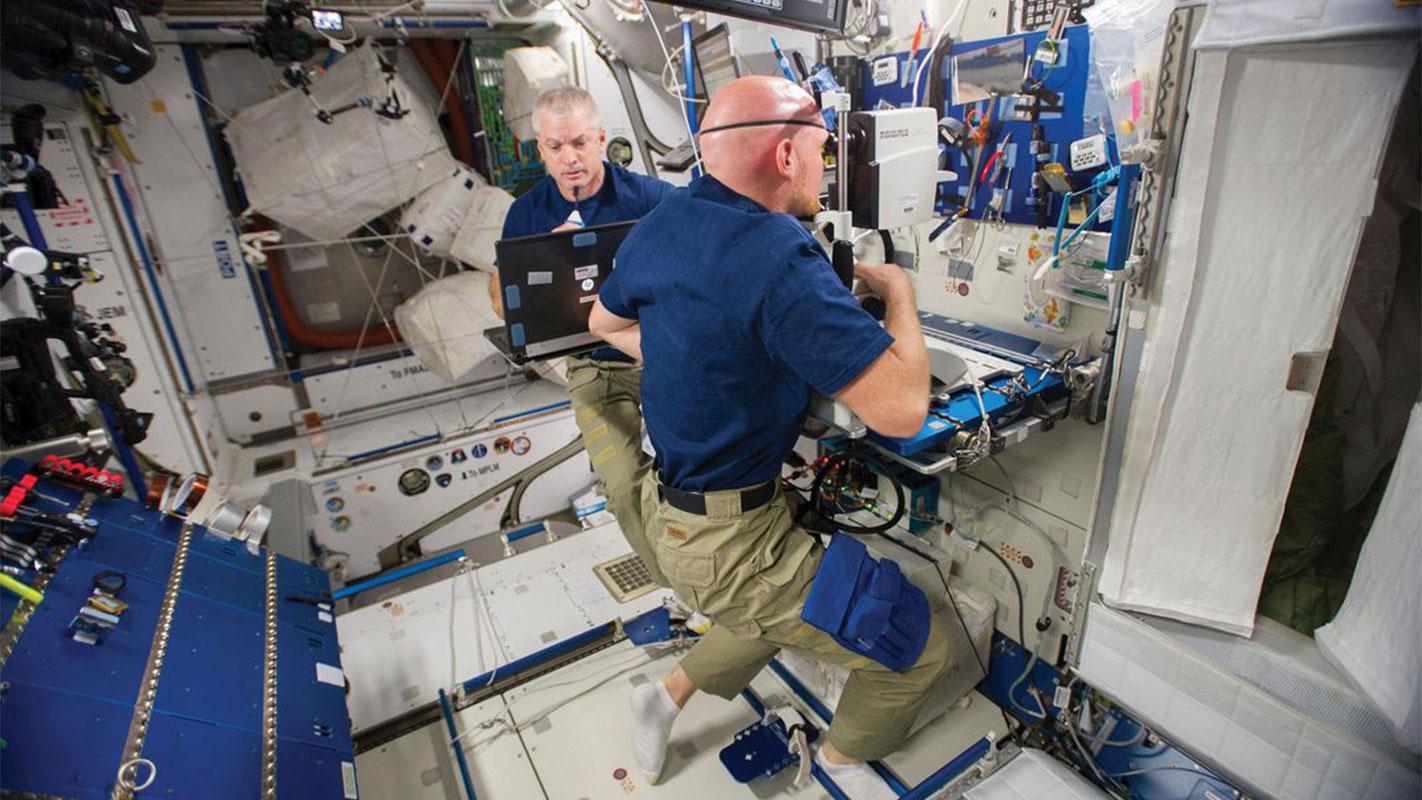Twins, tattoos and telemedicine: How KBR may help NASA reach Mars
KBR participated in the trailblazing NASA Twins Study, whose newly published results may help astronauts travel to the moon, Mars and beyond. The study involved 10 different research teams analyzing more than 10 billion miles of DNA to measure the effects of long-term spaceflight.
The study’s results will assist NASA in meeting the president’s recent challenge to land Americans on the Moon by 2024 and sustain a lunar presence by 2028.
KBR experts, Dr. Marisa Covington and Dr. Stuart Lee, were key to NASA’s first full genetic sequencing study, as were other KBR employees who supported investigator teams, data collection, review boards, logistics, inflight engineering support, project management and other areas.
The study assessed the impact of spaceflight on genetic expression, cognitive function and human physiology. Astronaut Scott Kelly spent almost a year in space onboard the International Space Station (ISS), while his twin brother and former astronaut Mark Kelly remained on Earth. Researchers on 10 different teams meticulously analyzed the twins’ data characterizing their health and physiology before, during and after the 340-day mission.
“The most rewarding part about this study was the opportunity to participate in a unique study design with 10 different investigator teams, most of whom had never participated in spaceflight studies before,” said Lee.
“While many of these teams had previously been interested in the genetics side of human spaceflight, this was our first foray into this area, and there was a lot to learn. Experiencing the enthusiasm and excitement expressed by the new ‘space investigators’ was energizing,” Lee continued.
Fitting the DNA puzzle pieces together
Covington, a KBR program integration and strategic planning manager, served as the study’s coordinator, integrating the science of the 10 complex investigations. She assisted these studies in sharing extremely limited samples through a highly controlled data process.
Covington then helped integrate the data, giving researchers a better understanding of how their information fit into the greater science puzzle. Her efforts provided scientists a much clearer picture of how genetic data, like biomarkers, can be used for future investigations and the development of personalized medicine for exploration space missions.
She also worked with each of the study leads and their teams to confirm research activities complied with federal and NASA policy to ensure the safety and protection of the Kelly twins.
Understanding the heart of space travel
Lee, a KBR lead research scientist supporting Johnson Space Center’s Cardiovascular and Vision Laboratory, was the principal investigator of the Metabolomics study. This study investigated whether prolonged spaceflight exposure results in an accelerated progression of atherosclerosis, or the hardening of arteries. He was also the co-investigator of the Proteomics study, which focused on potential changes to Scott Kelly’s eyes in space.
During the Metabolomics study, Lee’s team, including KBR senior scientist David Martin, used ultrasound imaging to assess arterial structure and function, both on the ground and on the ISS. Martin was the team’s expert on the ground, guiding Scott in space through testing procedures with real-time communication and telemedicine.
The testing in space came with several challenges, such as ultrasound sessions at 3 a.m. and a two-second delay in communication. Since the astronauts were on Greenwich Mean Time, Martin came to mission control in Houston in the middle of the night on several occasions to collect data. Through a two-way video conference, he remotely assisted Scott in using the ultrasound device to get images of his carotid artery.
“These excellent ultrasound images were acquired despite the communication delays, which will only get worse during missions to the Moon and Mars,” said Lee. “This demonstrates the dedication and coordination between a seasoned astronaut and science team to perform high quality science.”
The two-second delay wasn’t the only obstacle the team faced. The sonogram probes had to be precisely positioned during testing, which could be time consuming. Scott found a creative solution to this challenge. “These measurements needed to be made on the same section of the blood vessel to make comparisons from the ground to flight,” said Lee. “Most astronauts use a tape measure to find the right location. Scott chose to have small dots tattooed on his body to make it easier.”
Lee’s team also analyzed biological samples collected on the ground and in space to measure biomarkers of inflammation and oxidative stress, an imbalance between the reactive oxygen generated by normal cell metabolism and the cell’s ability to handle toxic byproducts from that metabolism.
They discovered that Scott’s carotid artery wall thickened; his circulating collagen levels increased, suggesting vascular remodeling; and his proteins, associated with cholesterol metabolism, changed during spaceflight. Lee’s research will assist NASA in better understanding how spaceflight affects cardiovascular health during and after space missions.
Seeing vision problems more clearly
As a co-investigator on the Proteomics study, Lee and the research team, including KBR senior scientists Brandon Macias, Steven Laurie and Doug Ebert, used ultrasound to assess the relative fluid shift from the lower to the upper body and to measure ocular changes, which NASA calls Spaceflight Associated Neuro-Ocular Syndrome. The study found that Scott experienced structural changes to his eyes, including the thickening of the retina near the optic nerve head and the choroid, a primary vascular supply of the outer retina. These data are integral to our understanding of the vision problems experienced during long-duration spaceflight.
From the Moon to Mars: What’s next?
NASA says that the Twins Study may guide its human research program for years to come and is a stepping-stone to longer expeditions such as missions to Mars. According to Lee, the opportunity to participate in this landmark study was once-in-a-lifetime.
“NASA is considering more yearlong missions like this, but none will have the potential to study twins again,” said Lee.
The results from the Twins Study will help guide NASA in its care of astronauts during and after spaceflight and will serve as a baseline to compare findings when astronauts venture beyond low Earth orbit where the health risks associated with increased radiation exposure would become evident.
“The information Drs. Lee and Covington helped NASA glean from this study has far-reaching possibilities,” said Byron Bright, President, Government Solutions U.S. “This is just one example of how KBR is working with NASA to pioneer the future of deep space exploration. We’re committed to providing our full support to achieving humans returning to the moon by 2024.”



